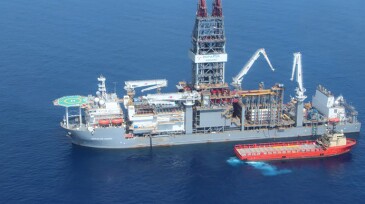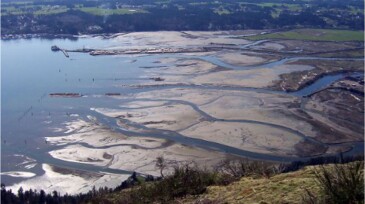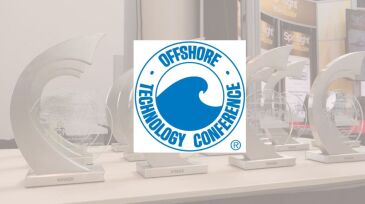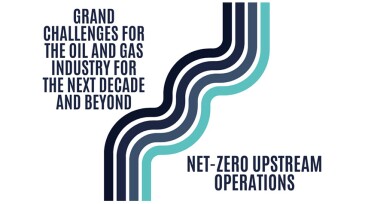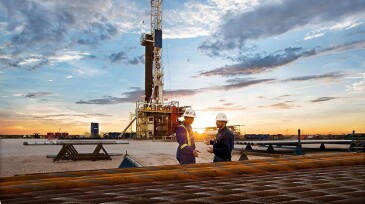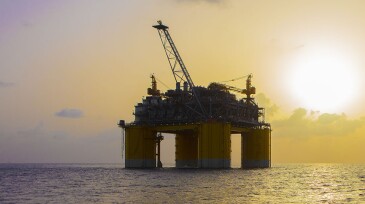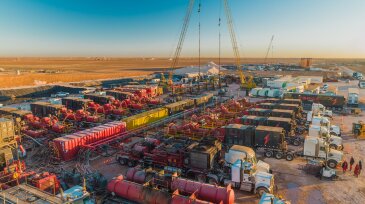Latest News
-
Heightened focus on methane emissions management spurs a new conceptual framework to aid in determining the duration of detected methane emissions, data that may be useful to stakeholders responsible for measurement-informed emission protocols.
-
Drillships Deepwater Asgard and Deepwater Atlas have fresh US Gulf Mexico campaigns upcoming that will earn the driller more than $500,000 per day.
-
Traditional oil extraction methods hit a snag in noncontiguous fields, where conventional flow-based EOR techniques falter. In southwest Texas, a producer faced imminent shutdown of its canyon sand field due to rapid production decline. Field tests using elastic-wave EOR determined whether the field could be revitalized or if a costly shut-in process was inevitable.
-
The prestigious award celebrates OTC exhibitors who are revolutionizing the industry with their groundbreaking technologies. This year, 15 exceptional technologies—five of which hail from small businesses—were chosen for their advancements. Join us in recognizing these trailblazers who are shaping the future of offshore energy.
-
At COP28, more than 50 oil and gas companies took a historic step toward decarbonization by launching the Oil & Gas Decarbonization Charter. This article explores the importance of this effort, the opportunities available to the industry to reduce its Scope 1 and 2 emissions, and the key technologies needed to achieve the net-zero goal.
-
Losing drill-hungry independent and private companies in the region to robust M&A will mean an activity slowdown that is expected to impact volumes coming from the nation’s largest oil field.
-
Operators are turning the tide on the Lower Tertiary trend with increasingly large stimulations that are also pushing the limits of offshore technology.
-
New round covers 41 parcels across almost 10.3 million hectares off Newfoundland and Labrador
-
Matthew Bryant has spent years trying to convince engineers that the API proppant testing standard has significant limitations. And he may well be right.
-
The Midland-based service company operates a fleet that is now 65% either dual-fuel or electric-powered.
-
The 18 vessels CSSC will build for QatarEnergy will be the largest LNG vessels in service.
-
The second major deal in the US proppant industry this year will see US Silica go forward as a private company.
Explore Content by Discipline
Trending Content
Get JPT articles in your LinkedIn feed and stay current with oil and gas news and technology.


